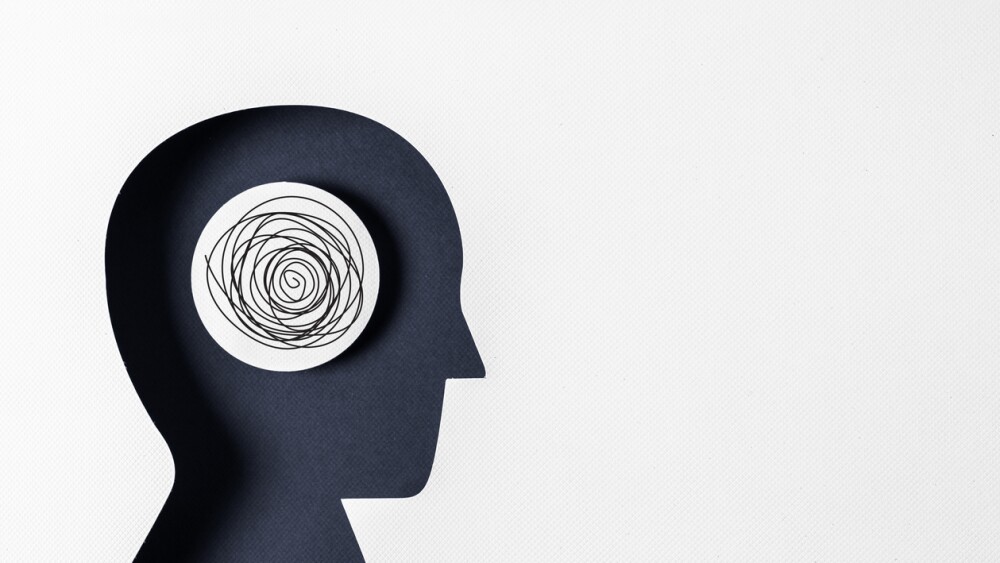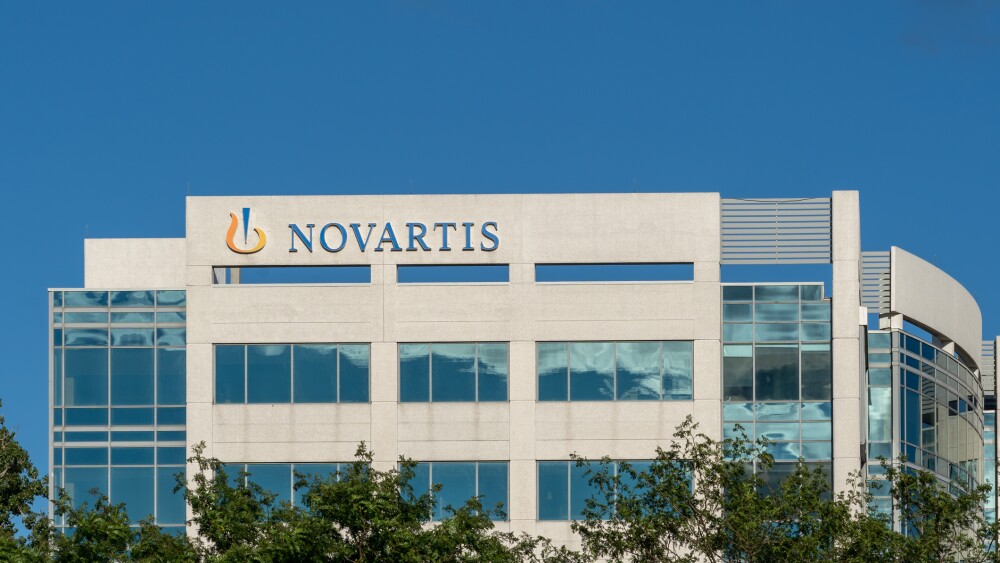August 24, 2015
By Mark Terry, BioSpace.com Breaking News Staff
On Aug. 20, 2015, Google Inc., soon to become Alphabet, announced on its blog that the first company to stand alone under Alphabet will be Google X’s Life Sciences.
Writing on the blog, Sergey Brin, Google co-founder, said, “I am delighted to announce that the life sciences team is now ready to graduate from our X lab and become a standalone Alphabet company, with Andy Conrad as chief executive officer. While the reporting structure will be different, their goal remains the same. They’ll continue to work with other life sciences companies to move new technologies from early stage research and development to clinical testing — and hopefully — transform the way we detect, prevent, and manage disease.”
On Aug. 11, Google’s chief executive officer, Larry Page, announced that the company was restructuring, developing a holding company called Alphabet. Page will run Alphabet as chief executive officer and Brin will be president. Google will remain inside Alphabet, but many of the various “moonshot” companies that Google was developing will become standalone companies under the Alphabet umbrella.
The impression given in the initial announcement was that many of those standalone companies will be life science companies, such as Calico and Life Sciences. Calico is focused on human longevity. Life Sciences, to date, has developed a type of smart contact lens that can monitor blood sugar in the wearer. Other companies expected to spin off include Google Ventures and Google X, which is working on driverless cars, Google Glass and drone delivery systems.
In addition to the contact lenses, which it is developing in collaboration with Alcon Laboratories, Inc. , a division of Novartis AG , Life Sciences has a 10-year collaboration deal with Chicago-based AbbVie to study age-related disease. It has also developed a smart wristband that monitors pulse, heart rhythm and skin temperature, as well as other measurements, in a rigorous enough fashion to be used in clinical trials. This product is still pending U.S. Food and Drug Administration (FDA) approval.
Andy Conrad has been leading the Life Sciences team since 2013. Prior to joining Google, Conrad was chief scientific officer of Laboratory Corporation of America (LabCorp ), currently the largest clinical diagnostic laboratory in the U.S. Conrad also co-founded the National Genetics Institute , where he was chief scientific officer, and founded the California Health and Longevity Institute (CHLI).
Earlier this month, the company announced a partnership with San Diego, Calif.-based DexCom . DexCom develops glucose monitors and the deal is to develop a wearable glucose monitor.
“We’re committed to developing new technologies that will help move health care from reactive to proactive,” Conrad said in a statement. “This collaboration is another step towards expanding monitoring options and making it easier for people with diabetes to proactively manage their health.”
The monitor is expected to be about the size of a bandage and is hoped to be able to replace finger sticks and blood tests.
Between the deal with Novartis and the partnership with DexCom, it seems clear that Life Sciences is focused on shaking up the diabetes monitoring market. “You get it to the point where you overcome basically all of the objections that a patient would have to wearing the device,” said Steve Pacelli, DexCom’s executive vice president of strategy and product development in a Digital Trends article. “It talks to your phone, it doesn’t have to be calibrated, you don’t take fingersticks anymore — there really isn’t a reason that you couldn’t get very significant penetration into the Type 1 market in the U.S.”
And that’s a market with about 29 million people in the U.S. alone.





